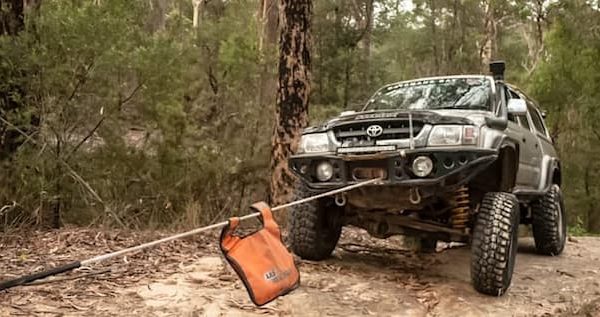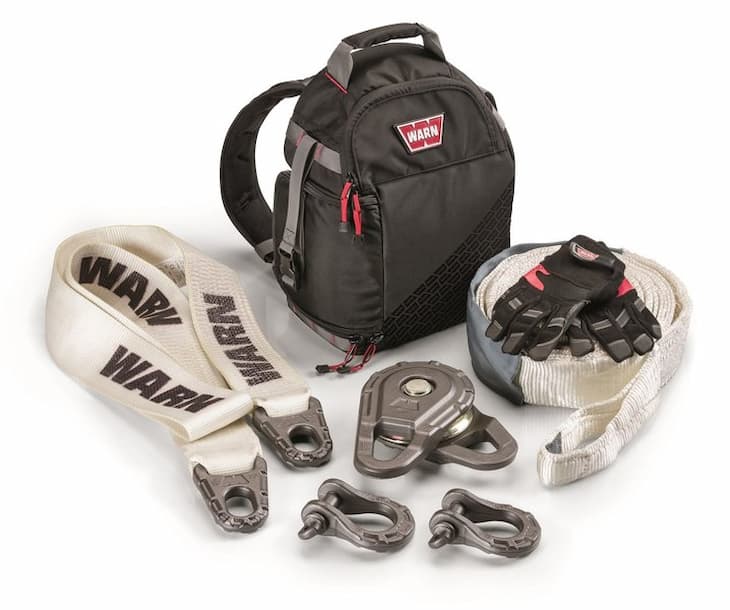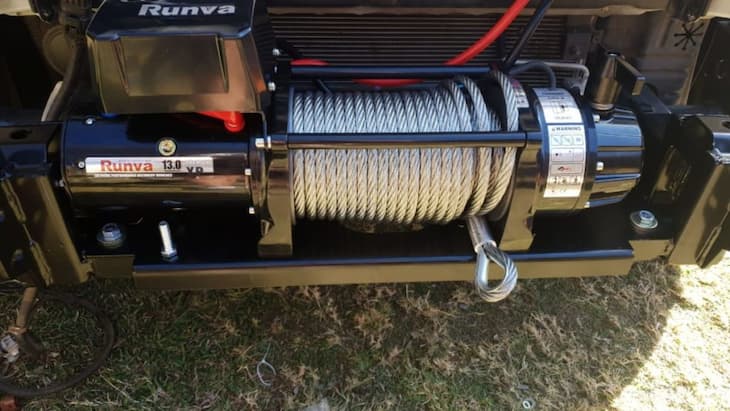21
Feb

Recovery equipment is essential when off-roading. It helps you get back on track after a fall off the trail. It can include anything from tow straps to airbags that help your vehicle get out of sticky situations such as mud, sand or even a rock wall. Recovery equipment is not just for when you go off-road; it’s also good to have in case you ever get stuck in your driveway!
So what are the best pieces of recovery equipment? Let’s take a look at all the options!

Tow straps are one of the most commonly used pieces of recovery equipment. These straps can help pull your vehicle out if it’s stuck on a rock wall or any other type of incline. The strap hooks onto both vehicles and then you just drive forward to release yourself from the trail. Another popular option is the winch, which works in the same way as a tow strap but with more power. A lot of off-road enthusiasts prefer using a winch over a traditional tow strap because it gets you out of the situation faster and with less effort.

4×4 recovery winches come in different sizes and power ratings. The size of the winch is important because it determines how strong it can pull. A small winch that has a rating of 3,000 pounds (pulling capacity) will not be able to tow as much weight as a large winch with a pulling capacity of 6,000 pounds. Most off-road vehicles come standard with a small 3,000-pound winch, but if you want more power then you should consider getting a bigger pulling capacity winch.
The other thing to consider is the power rating of the winch. Usually, a higher power rating means that it will pull harder and faster. For example, if you want your vehicle out of a sticky situation in just a few seconds then get a 6,000-pound pulling capacity winch with high horsepower. It’s important to note that while these powerful winches are great for getting yourself out of tough situations; they can also damage your vehicle or even cause more harm than good.
Then, there are roadsafe recovery points, a piece of equipment that is used to attach your vehicle to another vehicle or object for added stability. These points help ensure that both vehicles get pulled out of tricky situations without any damage being done to either one. Roadsafe recovery points are affordable, easy to install and come in different sizes depending on the make and model of your vehicle.
Another popular option is the trail jack, which is a portable hydraulic jack that can be used to raise up your vehicle when it gets stuck on rocks or other steep inclines. It’s also very convenient because it’s portable and can easily be carried around in your off-road vehicle.
However, recovery jacks can be dangerous, as they have sharp edges that can cut into your vehicle or even yourself if not used properly. It’s best to get an off-road recovery jack instead of a normal hydraulic jack because it has safety features that prevent these accidents from happening. Some off-road vehicles come with this option already, but if yours doesn’t then you should consider adding one when purchasing your off-road gear.

The last item on our list for recovery equipment is the winch extender. This piece of equipment is used to hook up your vehicle if it’s stuck on a rock wall or any other type of incline. It can be used in conjunction with the winch and will help ensure that both vehicles get pulled out without any damage.
The extender has hooks on each end, one for your vehicle and another for the object you are pulling yourself towards. If you have more than one off-road vehicle then this is a good option because you can use it with all of them!
Besides having equipment when off-roading, it’s important to check out if your vehicle is in proper shape for the trail ahead. Here are some things you should check before heading out: